Off the Map Week 1: Natural Deceptions
After I had clawed my way back up the thirty-foot cliff, I sat down on the trail with a thud, passed Marcus the steel water bottle I had rescued from the bottom of the canyon, and began wearily shaking gravel out of my shoes. “Okay, Marcus,” I told the ten-year old student, “you’re going to have to slowly pour out some water for me so I can wash my hands and arms and get the poison oak off.” So the boy slowly and silently unscrews the cap… which then slips out of his grip and tumbles off the trail, down the side of the cliff and rolls once again into the same exact thicket of poison oak on the canyon floor. I staggered to my feet and cried out in disbelief, “You did not just do that! Tell me you did not just do that!” But he did, and this is probably why I prefer to hike alone.
Soon enough, the school year will be over, and I will put aside my responsibilities as an outdoor teacher to venture out into the American wilderness, sending dispatches describing my trials, travails and tribulations back to my hometown in upstate New York. For the moment, I remain in southern California, teaching the basic mechanics of natural systems to children and helping foster a love and appreciation for the outdoor environment. It’s a rewarding career, but not without its episodes of rampant frustration.

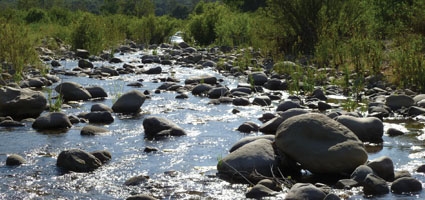


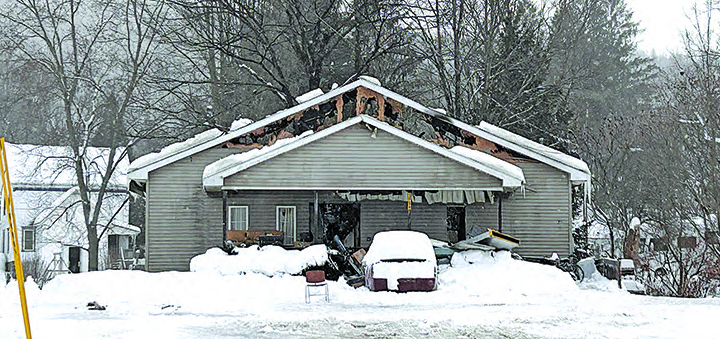

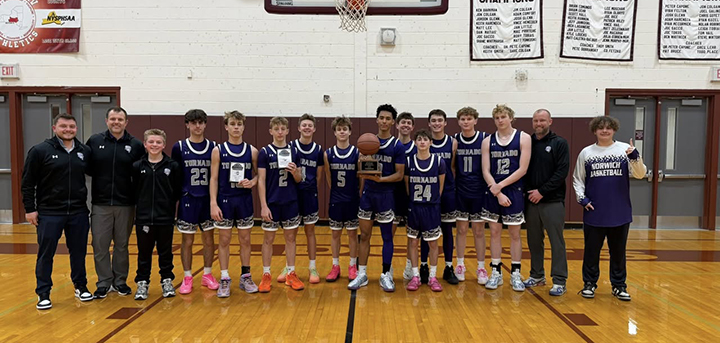
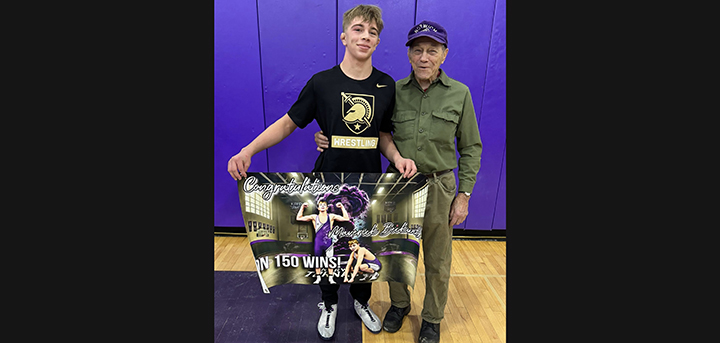
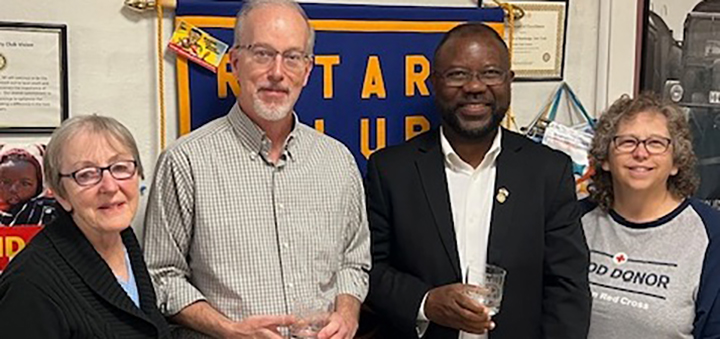

Comments